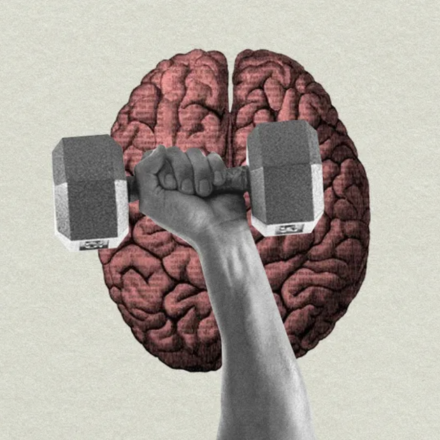The fitness world never stands still. From crazy TikTok routines to bizarre diets like rare Himalayan turkey eggs, people seem ready to try anything to get fit fast. One of the trends in recent years is ketosis. Heard of it? Promises include more energy, less fatigue, and quick results. But experts are skeptical—and for good reason.
Ketosis: What Is It and Why Does It Matter?
Normally, our bodies run on glucose: blood sugar is our “default fuel.” But if carbohydrates are scarce, the body switches into survival mode: ketosis. In this state, fat becomes the main energy source instead of carbs.
According to Alina Cox, co-owner of ClubQ training facility, ketosis is like a “backup engine” for the body. It can be achieved through a strict ketogenic diet or experimental exogenous ketones, which mimic ketosis without cutting carbs. In practice, there’s limited research on these supplements, so it’s better to focus on the classic approach.
Benefits of Ketosis for Training
Personal trainer Penny Weston notes: “From an endurance standpoint, ketosis can be helpful. Fat stores are much larger than glycogen, so energy is steady and long-lasting.”
The concept is simple: muscles and liver store about 1,500–2,000 kcal as glycogen, while fat stores can reach tens of thousands of kcal. In theory, burning fat could spare glycogen, delay fatigue, and help you last longer during long runs or rides.
In practice, though, for high-intensity workouts—sprints, strength training, intervals—ketosis often reduces performance. Glycogen remains the preferred fuel, and relying on fat requires more oxygen for the same work output. Even athletes adapted to keto can lose efficiency at intensities above roughly 70% VO2max.
Ketosis for Weight Loss
Yes, it works in this context, at least short-term. Keto can accelerate weight loss, reduce appetite, and preserve muscle and bone mass if protein intake is adequate. One study even showed keto participants lost three times more visceral fat than those on a low-calorie diet.
However, there are caveats: keto is difficult to maintain long-term, can be low in fiber, vitamins, and minerals, and may cause fatigue and digestive issues. Early on, many experience “keto flu”—headaches, weakness, and brain fog—which is far from ideal for training.
How to Get into Ketosis
The most popular method is the ketogenic diet: roughly 5% of calories from carbs, over 60% from fat, and the rest from protein. Transitioning into ketosis usually takes 2–4 days of strict carb restriction. Extended aerobic activity—long runs or cycling—can also trigger temporary ketosis. Once you refuel with carbs, however, your body quickly returns to glucose as its primary fuel.


















